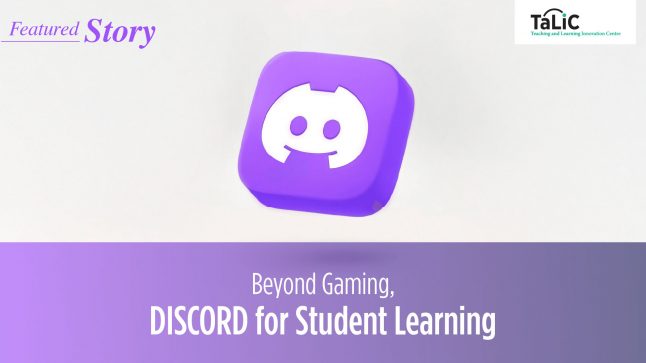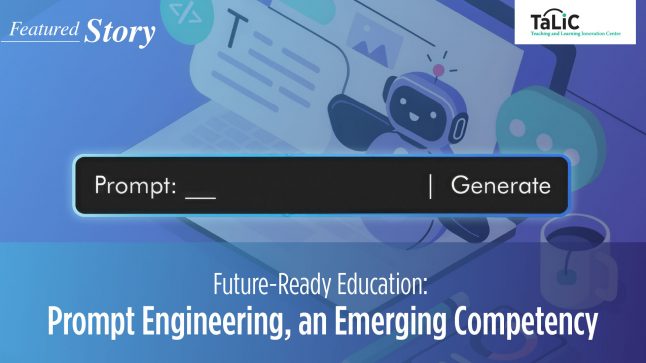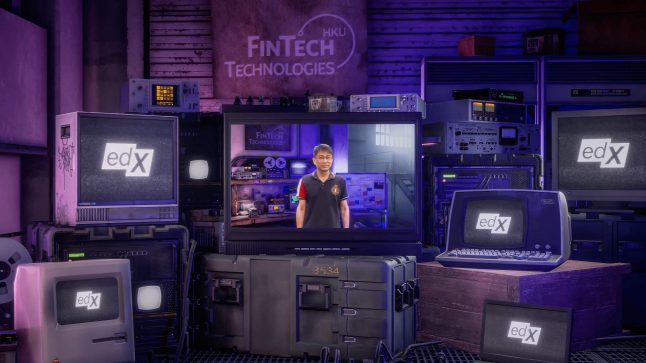Guest blogger series: Masato Kajimoto on Coursera Partners Conference 2015

 Dr. Masato Kajimoto is an Assistant Professor at the Journalism and Media Studies Centre at the University of Hong Kong. Masato specializes in news literacy education, multimedia storytelling, and social media in journalism. His MOOC, “Making Sense of News”, starts on May 19, 2015. Register now.
Dr. Masato Kajimoto is an Assistant Professor at the Journalism and Media Studies Centre at the University of Hong Kong. Masato specializes in news literacy education, multimedia storytelling, and social media in journalism. His MOOC, “Making Sense of News”, starts on May 19, 2015. Register now.
As an instructor of the upcoming Massive Open Online Course (MOOC) at HKU, my focus to attend this conference was to find out how other university educators around the world have been developing their pedagogical designs specific to the online platform that is totally new to me.
The conference featured more than 25 sessions and covered various aspects of MOOC implementation from institutional strategies to video production workflow. I was particularly intrigued by the engaging teaching approaches adopted by some participating scholars whose instructional methods draw on a number of research in cognitive science, neuroscience, educational psychology, social psychology and other related fields.
I was aware that the concept of MOOC is still in its early stage in the academia and some observers are skeptical about where it is heading but what I didn’t know was the tremendous amount of efforts put into the production of courses at a global scale with many experimental projects and the user analytics data that eloquently tells us about the effectiveness of different teaching and learning approaches.
There are two major takeaways for me from this conference:
First, seemingly subtle changes in the instructional design and video presentation could have a strong impact on users’ learning experience and improve the overall understanding of the subject matter.
 Take, Dr. Barbara Oakley, for instance. She is the author of New York Times bestselling science book, A Mind for Numbers, and her MOOC is one of the most popular and successful on-demand courses on Coursera. She demonstrated through a series of workshops how she performs and produces her video clips based on her knowledge in science of learning — the complex connection between neuroscience and social behavior — to minimize learners’ cognitive overload.
Take, Dr. Barbara Oakley, for instance. She is the author of New York Times bestselling science book, A Mind for Numbers, and her MOOC is one of the most popular and successful on-demand courses on Coursera. She demonstrated through a series of workshops how she performs and produces her video clips based on her knowledge in science of learning — the complex connection between neuroscience and social behavior — to minimize learners’ cognitive overload.
For example, she takes an aesthetic decision of how to frame a talking head in the video to a new level of pedagogical decision. According to her, including the hands of a standing instructor (three-quarter shot) has proven to be more effective in the asynchronous online communication than a close-up shot as researches have shown that hand gestures would help learners understand the instruction better.
When she uses graphical elements, they appear just a second earlier before her narration kicks in. In other words, explanation comes shortly after the visual cue is presented. This seems to create a moment of short cognitive challenge inside our head (as we try to figure out what the graphic illustrates), which keeps users engaged in the video.

 Professor Richard Mayer, a well-known educational psychology expert who penned such books as Learning and Instruction and Applying the Science of Learning, also shared in his keynote speech a variety of multimedia teaching techniques derived from his research in the science of learning. His presentation focused on how we could effectively reduce students’ extraneous processing of information and solidify understanding of the subject matter in the video-driven, online environment.
Professor Richard Mayer, a well-known educational psychology expert who penned such books as Learning and Instruction and Applying the Science of Learning, also shared in his keynote speech a variety of multimedia teaching techniques derived from his research in the science of learning. His presentation focused on how we could effectively reduce students’ extraneous processing of information and solidify understanding of the subject matter in the video-driven, online environment.
His illustration of research findings again reminded that instructors need to pay attention to subtle details. The spacial distance between a graphical element to the text; instructors’ intonation in the voice over; frequent inclusion of the word ‘you’ in the narration, signaling what to focus with gestures (or other cues like highlighting texts); they all significantly affect the learning outcome.
The ‘tricks of the trade’ shown by the two scholars and many others like them in the conference are tremendously valuable to the course I am developing right now.
The second takeaway might sound somewhat contradicting to the first, but, I find that it is important to remember there is no one formula that guarantees success on the online platform. Although there are some proven methods to improve MOOC courses as discussed above, this new way of creating a global, non-restricted teaching and leaning environment for all members of the public has encountered many unexpected challenges and we need to figure out what to do as we go along.
The sharing session on copyright-related issues, for one, was both helpful and confusing. On the one hand, I could learn a lot from the cumulative experiences of the expert panel members and participating educators in dealing with the legal matters; on the other hand, the circumstance and the nature of each course is different and thus, in the end, there is no straightforward procedure one can follow in this regard.
The same goes to the marketing strategies of promoting the courses. In this workshop, while I could learn a great deal about the basics such as search engine optimization and social media integration as well as other common public relations planning, the participants’ experienced outcomes greatly differed for the same methods. University brand, country, timing, targeted student groups, public’s demand, industry’s demand and all other factors obviously come into play, and thus, one’s experience cannot be easily duplicated by others.
The second takeaway is nothing unexpected or insightful but it was a reminder for me that in practice I need to try everything I can for my upcoming course and see what comes out. The two-day conference taught me not to be afraid of making mistakes because that was the way other colleagues have been tackling the MOOC.
In one workshop, two researchers showed us their horribly executed web-cam video lectures they used for their first MOOCs and their dramatically improved third iterations, which put me at ease as it has taken some pressure off my shoulders; at the same time, their presentations made me realize that we teachers are also learners in this global endeavor and we all learn something important for our trade along the way.











